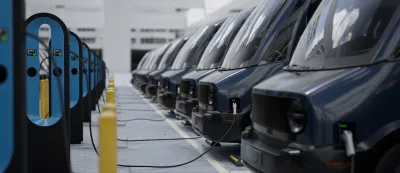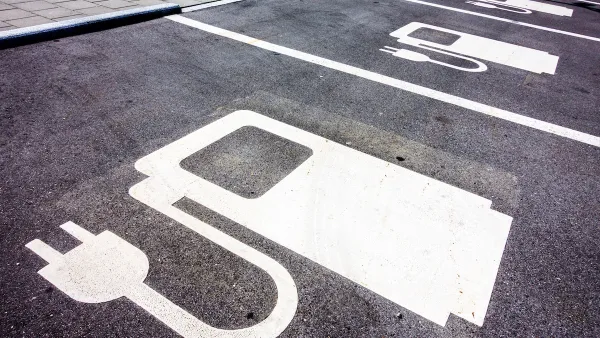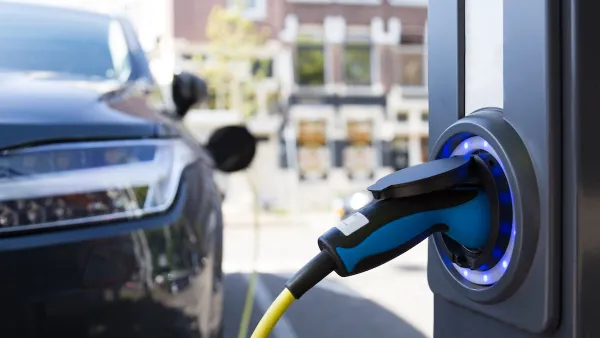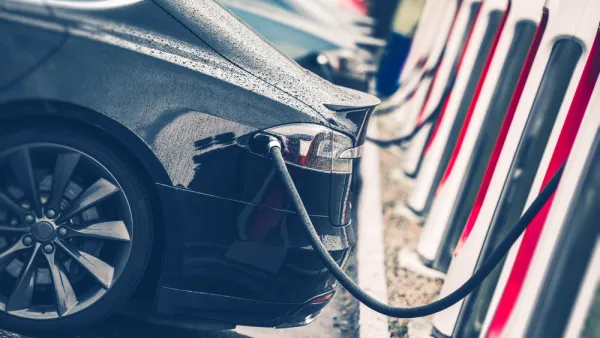Three key strategies — reducing travel distances, increasing energy-efficient travel modes, and transitioning to zero-emission vehicles and fuels — are recommended to meet national climate goals under the Paris Agreement.

The U.S. Department of Transportation (DOT) has released a comprehensive 44-page report to Congress detailing three primary strategies to decarbonize transportation: reducing travel distances for people and freight, increasing the use of energy-efficient travel modes, and transitioning to zero-emission vehicles and fuels. These measures are part of the U.S. commitment under the Paris Agreement to cut greenhouse gas emissions below 2005 levels by at least 50 percent by 2030 and achieve net-zero emissions by 2050. As reported by Dan Zukowski, the DOT report highlights specific actions such as promoting transit-oriented development, investing in public transit and passenger rail, and establishing a national network of electric vehicle charging stations.
Transportation is responsible for 33 percent of U.S. greenhouse gas emissions, with light-duty vehicles, trucks, and buses contributing to 70 percent of these emissions. The DOT emphasizes the need to reduce transportation emissions to near zero to meet national climate goals. The report also addresses the development of lower-emission aviation fuels and shifting freight transport to more energy-efficient rail and maritime modes. To support these efforts, programs like the $5 billion National Electric Vehicle Infrastructure program and the $2.5 billion Charging and Fueling Infrastructure program are highlighted.
Despite the outlined strategies and investments, the report acknowledges challenges, including legal opposition to the Biden administration's 2023 rule mandating declining CO2 emissions targets for transportation on major roads. This rule was struck down by a Texas court, which ruled that the DOT lacked congressional authority to implement it. Nonetheless, the DOT remains committed to using its current authorities and funding to reduce greenhouse gas emissions, as evidenced by the recent transportation and climate symposium in Washington, D.C.
FULL STORY: 3 strategies to decarbonize transportation: US DOT report

National Parks Layoffs Will Cause Communities to Lose Billions
Thousands of essential park workers were laid off this week, just before the busy spring break season.

Retro-silient?: America’s First “Eco-burb,” The Woodlands Turns 50
A master-planned community north of Houston offers lessons on green infrastructure and resilient design, but falls short of its founder’s lofty affordability and walkability goals.

Delivering for America Plan Will Downgrade Mail Service in at Least 49.5 Percent of Zip Codes
Republican and Democrat lawmakers criticize the plan for its disproportionate negative impact on rural communities.

Test News Post 1
This is a summary

Test News Headline 46
Test for the image on the front page.

Balancing Bombs and Butterflies: How the National Guard Protects a Rare Species
The National Guard at Fort Indiantown Gap uses GIS technology and land management strategies to balance military training with conservation efforts, ensuring the survival of the rare eastern regal fritillary butterfly.
Urban Design for Planners 1: Software Tools
This six-course series explores essential urban design concepts using open source software and equips planners with the tools they need to participate fully in the urban design process.
Planning for Universal Design
Learn the tools for implementing Universal Design in planning regulations.
EMC Planning Group, Inc.
Planetizen
Planetizen
Mpact (formerly Rail~Volution)
Great Falls Development Authority, Inc.
HUDs Office of Policy Development and Research
NYU Wagner Graduate School of Public Service





























